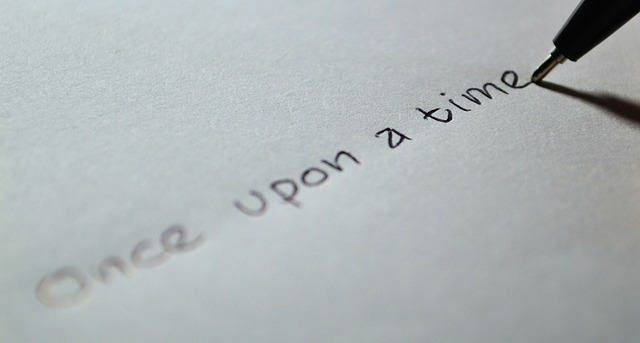Every presentation is made up of three parts; p1 the story, p2 the supportive media and p3 the delivery. p1 is not “a” story, once upon a time or somesuch, p1, “the” story is the data of the piece converted into a presentation, for the particular audience in question. Whilst it is of course true that story is of value in every presentation, the nomenclature is perhaps weak, but p1 is not just ” a story.”

Since time began for humankind it is probable that we have been gathered around campfires making presentations. Thankfully, this has been without powerpoint for the vast majority of time but it is clear that when information is transferred between individuals story has a value. “Chest pain is common in older patients and may be indicative of coronary artery disease,” is hardly engaging. “When Arthur woke up on his 56th birthday with a pain in his chest that felt like an elephant was sitting on him, he knew something was wrong. Being a Cardiologist his biggest fear was as clear in his mind as an elephant but also that there are 27 other conditions that may mimic the elephant.” Which presentation would you think may be more memorable presenting concisely the discussion of management of acute chest pain? Story is not simply about “Once upon a time” but crafting the data into something accessible and memorable.
The psychological research is clear that simply reciting facts is a very poor method of transferring data from a presenter to an audience. The presenter’s challenge is to convert the “what” of the data into the “so what” for the audience. That will necessarily be about the needs of the audience, their understanding, their requirement of the information and the nature of the engagement between the presenter and the audience. Challenging preconceptions, encouraging deeper thinking, reviewing understanding, posing questions and dilemmas, thinking laterally and telling stories are all part and possibilities in the construction of the p1, the story of the presentation. There mus be more to the p1 than simply a list of facts. A book may be structured in this way: a presentation cannot be.
A great presentation is based on a great p1, the story. That is not simply saying Arthur had chest pain and describing it, that is a story.